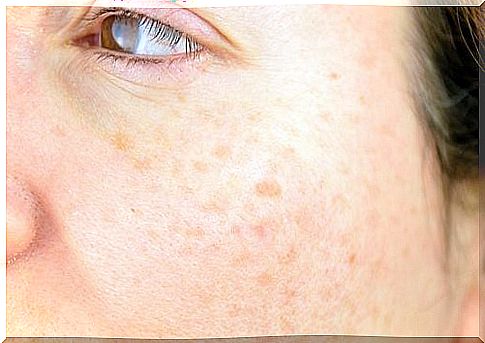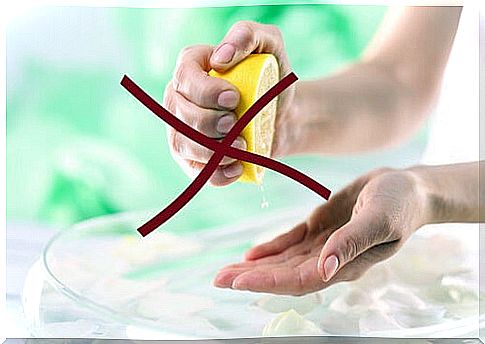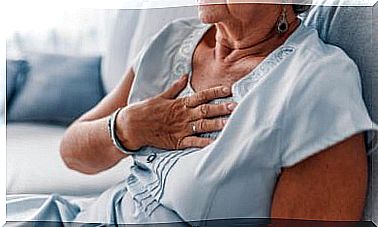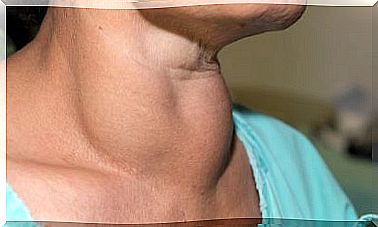How To Remove Age Spots On Skin?
Age spots on the skin are one of the most common cosmetic problems for people over forty. Therefore, many people wonder if it is possible to remove stains and how.
Next, we will tell you what are the treatment options that exist and what aspects you should take into account to say goodbye to those spots that add years to you and do not make you feel comfortable in your day to day life.
What is there to know about age spots?

With the passage of time the marks in the dermis become larger or darker. In other words, age spots are reflected on the skin, which although they are not painless or cause symptoms, can be unsightly for some people.
Specifically, they are called “solar lentigos” or “liver spots”. They are flat brown or black marks that appear on various parts of the body. They are common especially on the face, neck, and back of the hands. In some people they also appear on the shoulders, back and feet. They can also be of different sizes.
These spots can be seen from the age of fifty. They are related to excessive exposure to UV rays.
Although in most cases they are harmless, a medical examination is necessary to rule out that they contain cancer cells.
Certainly, discoloration on the face, neck or hands is very common. Especially in middle-aged women. To understand this phenomenon we must talk about melanin, the pigment that gives skin its color.
When melanin is in contact with the sun, its production increases. This in order to protect the inner layers of the skin from the harmful UV rays. The same happens when using lamps or tanning beds for a long time.
Other factors that contribute to the appearance of spots are chronic diseases, aging and poor lifestyle habits.
How to remove age spots on the skin?
Depending on the person, the method to remove the stains will have to be one or the other. Hence in part the importance of going to the dermatologist for a checkup, diagnosis and treatment.
According to Mayo Clinic experts, treatments to mitigate or eliminate age spots are:
- Cryotherapy.
- Medicines.
- Dermabrasion
- Chemical peel.
- Microdermabrasion.
- Laser and intense pulsed light.
Regardless of the treatment determined by the doctor, from its performance it will be essential to use broad spectrum sun protection to protect the skin and prevent it from staining again.
Do these treatments last long? Do they require hospitalization? They generally do not take a long time per session and do not require hospitalization. On the other hand, with good aftercare as the days go by, the results can be appreciated.
During the treatment and the subsequent period, the doctor may prescribe some specific cleaning and hydration products. It is important to dispose of them according to your indications in order to complete the treatment satisfactorily.
The case of lemon juice, the worst option
Although it is often said that lemon juice is a natural ‘stain remover’, capable of even providing antioxidants to the skin, the truth is that dermatologists do not recommend using it on the skin at all.
One of the reasons they don’t recommend it is because it can irritate the skin and further expose it to adverse reactions. Additionally, instead of ‘removing’ the spots, what it does is stain the skin even more. The same goes for hydrogen peroxide and baking soda.
If you want to eliminate age spots on the skin, avoid using home remedies and follow the recommendations of your dermatologist to obtain the best results.

Trust the experts to show off beautiful skin
In short, if you want to eliminate or at least reduce the spots on your skin, it is best to consult with your dermatologist about the most appropriate treatment option for your case. Remember that not all skins are the same and that they do not have the same needs.
Remember to always follow the instructions given by the professional and avoid resorting to home remedies, as they can pose more risks than benefits. And if you still think you want to try one, at least try to tell your dermatologist first.
Finally, keep in mind that if you go to the pharmacy and buy a ‘whitening’ or ‘anti-blemish’ cream without knowing your skin type or its needs well, you can make the problem worse.









